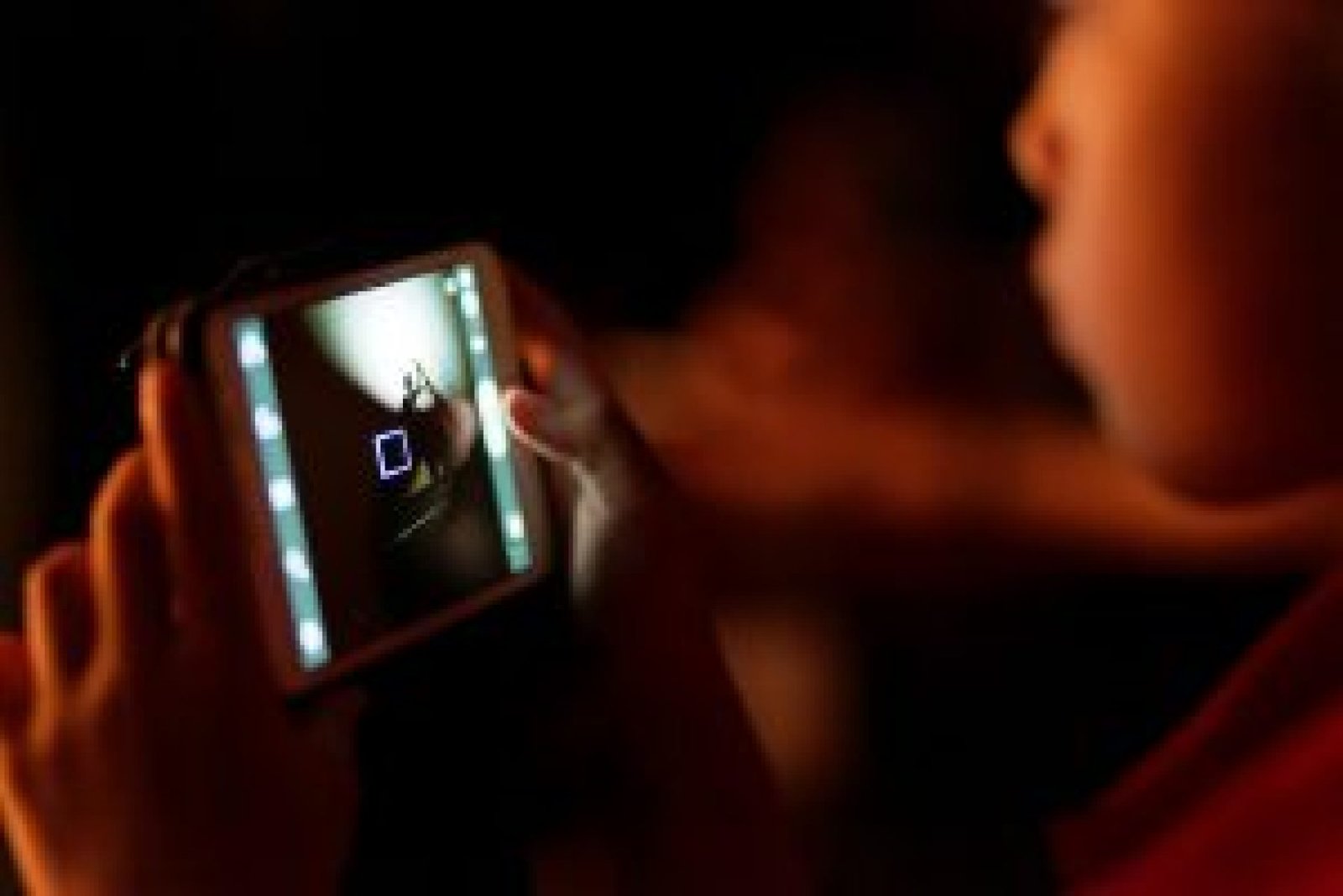Are Smartphone Cameras Getting Better Than DSLRs?
The compact camera market is still alive and well, but it is no longer what it once was. Even ten years ago, it was brimming with possibilities from various manufacturers whose roots could be traced back to multiple places, from conventional photographic firms and general electronics companies to new entrepreneurs eager to upset the market with a more leftfield offering.
While some of those businesses remain active in the market as online camera stores, their concentration has shifted to a few niche sub-sectors:
· DSLR-like cameras with built-in expansive zoom lenses.
· Hobbyist compact cameras with massive sensors.
· Cameras that can survive underwater.
Many of these are still distinguishable from smartphones, but aside from these, little else remains.
Although smartphone cameras have improved to the point that they can take considerably better photographs than they used to, they still fall well short of what a DLSR can do. We’ve seen people brag about their iPhone’s portrait mode. However, if you closely examine the images captured by these so-called dual-camera smartphones, you will notice that they are not ideal. The bokeh effect produced by these smartphones is typically achieved through software and hardware processing, which is not natural. All of the magic in a DSLR is done by its large and wide lenses.
Will smartphones overtake digital cameras and DSLRs?
There are several reasons why smartphones have become dominating for everyday photography, from the convenience of always having one with you to the ability to capture a quick selfie and the seamless integration of endless photo-oriented apps and social media channels. But how much longer can we expect smartphones to shape the camera market?
A sensible place to begin with such a question is to examine the types of cameras that remain and analyze the chances of smartphones catching up in capabilities, or at least coming close enough to reduce their desirability significantly.
Let us begin with compact cameras, which have lenses built into their structure. The rugged camera category is the most probable segment for smartphones to challenge next, not least because so many smartphones currently offer some degree of protection against dust and water ingress.
In this scenario, dedicated compact cameras often retain the benefits of shockproofing, freezeproofing, and, to a lesser extent, crushproof. However, numerous shockproof cellphones are now available. It seems reasonable to expect future smartphones to be more reliable in a broader range of environmental situations.
Which Camera Solution is Best for You?
If all you ever do with a camera is set it to auto and snap a picture of what’s in front of you, your smartphone will suffice.
Your camera is simply a tool for capturing light, and like any tool, there are good and terrible ones, tools that are better for specific jobs, and so on. And, like any other trade, photography has pros, enthusiasts, and amateurs, many of whom spend years studying how to use this tool to its full potential.
If you think of a professional photographer, you would never use a smartphone for client work for various reasons. Since your livelihood depends on it, you need reliable, robust equipment to “get the shot” in extreme conditions. It doesn’t mean the camera takes a “great” photo; that’s the photographer’s job.
Picture Quality: Smartphone Vs. DSLR Camera
A DSLR camera produces far superior images than a smartphone camera. This is because DSLR cameras have a big sensor. Smartphones have a tiny camera sensor, which limits their ability to capture more pixels. When a smartphone manufacturer boasts about its camera, it is usually compared to other smartphones rather than any DSLR. Even if they compare it to a DSLR, they are simply bragging.
A DSLR is similar to a sports car in that it delivers a powerful punch, but how much fun you can have with it is directly proportional to your driving abilities. On the other hand, a smartphone camera is equivalent to a limousine – it can’t win a rally, but it rides with grace and flair; all you have to do is lay back and relax.
A DSLR camera outperforms any mobile phone camera in a variety of ways:
· Since the DSLR lens is larger, far more light penetrates it than the lens of a smartphone. It also enables far greater color representation and contrast in pictures.
· DSLR cameras allow you to adjust the lens to achieve the desired aesthetic effect or focus length/depth.
· A DSLR often allows for far more shots per second.
Phone cameras can only shoot good pictures when the conditions are ideal. They’ll struggle if they don’t. A decent light and a static subject will yield an excellent mobile phone shot. You will most likely be disappointed if you combine a dark or less contrasty setting, a moving subject, and a cluttered background.
Conclusive Thoughts
It’s difficult to deny that today’s smartphone cameras are incredible. Of course, if all the conditions are favorable and the photographer is competent, they capture lovely images, but compared to a decent DSLR camera, they are still subpar. They will always be this way, though, because design, size, weight, cost, heat, and physics all require compromise and diverse use cases. They are not superior simply because they are popular.
So, if you ever think, will the phone replace cameras? The answer is “No.”
Despite their limitations, they are still a better alternative. We should all be grateful that they have arrived and opened up photography, allowing us to capture life like never before.
If you find this blog helpful enough and looking for a DSLR, you are at the right place. BnW Collections has been in business since 2010, and we have built a marketplace for all your camera needs. We have the best DSLR cameras in the range that can meet your budget.




